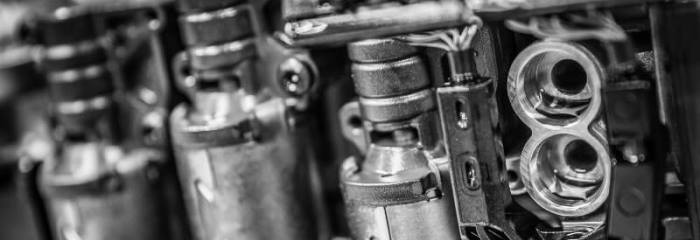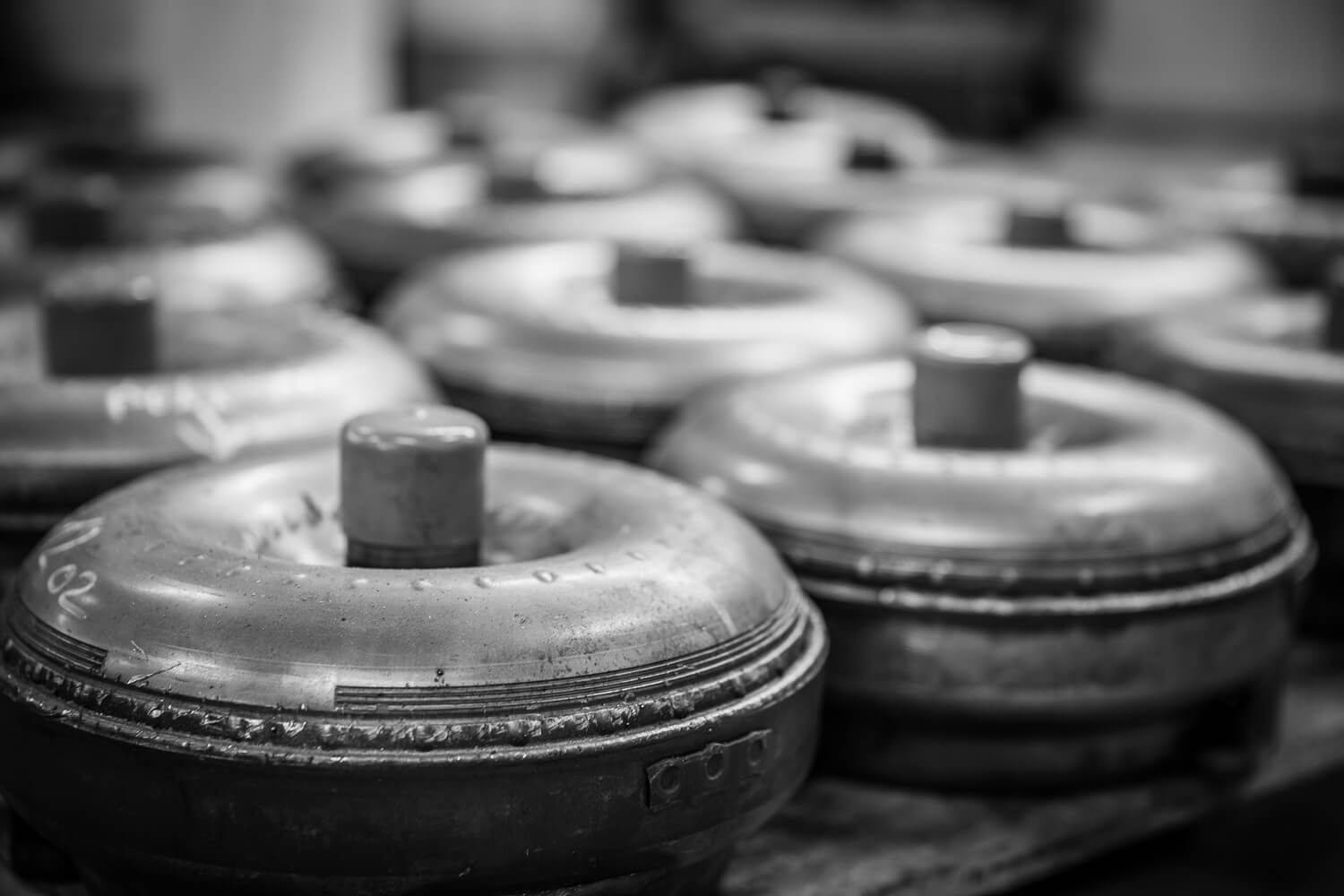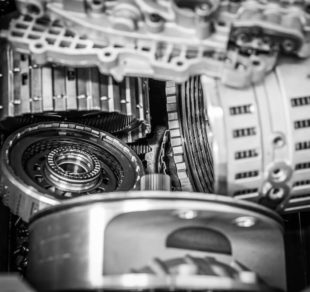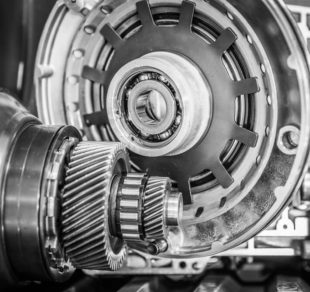The unfamiliar fluid that gets into the transmission is usually water or the coolant of the vehicle’s engine.
Water enters the transmission through a crack in the housing, a poor gasket, or a vent. For the latter, for example, due to a defect in the design where the condensation water of the climate drips absolutely in the wrong place and damages the transmission. Water can also get into the car’s transmission due to the unintended use (read: the car has been flooded in the nature).
The engine coolant comes mainly from the transmission’s heat sink. In most cases, liquid/liquid type inter-stage coolers are used to cool the transmission, where the radiator has a second radiator inside. These two compartments are separated by gaskets, but the gaskets have the ability to eliminate elasticity over time (which is avoided by proper and worn gear oil). The insufficiency of the gaskets may also be due to a design fault made by the car manufacturer (or rather the radiator manufacturer).
The faults inside the radiators are also caused by the coolant that has not been changed a long time and where a lot of dirt that circulates. It accumulates in the bottom of the radiators, where the automatic transmissions intercoolers are also designed. This causes the oxidation from inside to outside.
You should also be careful when your car has been damaged by an accident. The leakage of a very slightly twisted radiator can only occur after several months. This is not only a theoretical possibility, but also an unfortunate fact that we have seen many times before.
In addition to external damage, care should be taken by the owners of the following vehicles, as the vehicle radiator is more likely to be with a standard error:
- Mercedes-Benz until 2003.09 (W203, 211, 209)
- Mazda 6 (5-speed)
- Audi A4 (B7, B8), A6 (C6, C7)
- Volvo (1996+)
- Opel Signum and Vectra (5-speed)
- Nissan Pathfinder, Navara and other models
What does water do with the transmission and what does water do with the oil of the transmission
Depending on the amount of water, the unfamiliar fluid in the gear oil can be in three stages – free fluid (droplets of water in oil), dissolved fluid (barely noticeable) or emulsion (oil has become gray).
A large amount of water causes corrosion of steel parts in the transmission. Water is a porous molecule and binds to other chemicals (rust inhibitors, oxidation inhibitors, friction number stabilizers, foam detergents, etc.). Thus, water changes the characteristics of ATF (automatic transmission oil) in an undesirable direction.
In addition to the transmission steel details, the water in the clutch discs is also damaged by water. The latter are mostly made of natural or artificial fibers reinforced with various resins, powders, and other parts. The water dissolves the fiber from the composite material (the clutch disc starts to dust) and thus the oil is contaminated.
There are various studies that show that the water content in oil from 1000 mg/kg is already considered to be a contamination (essentially a drop of water per liter).
So, a very small amount of water is enough to change the so-called chemical formula of the oil so as to affect the operation of the transmission.
The analysis of the foreign fluid in the transmission
As stated above, there are some brands of cars where the coolant problem is often present. For example, Mercedes, VAG Group and Volvo have developed special chemistry kits that help determine the oil coolant in the automatic transmission. We use the Merces kit, which is more expensive, but the result is faster and more accurate.
It is a kit that contains, in addition to litmus paper, a number of other chemicals and a high-density filter. The test time is about 25 minutes.
There are certainly standard laboratory methods for unfamiliar fluid contained in oil, but they require special equipment (centrifuges) and chemicals to liquefy the oil.
Often it is not really necessary to carry out a chemical analysis, because if there are corrosion damage on the steel parts inside the transmission or if the gear oil is light brown (even with a gray shade), it is clear that it is an emulsion of unfamiliar fluid and oil.
How to get the foreign fluid out of the transmission?
If there is an unfamiliar fluid in your car’s transmission, you will certainly be interested in how to get it out.
It may seem unbelievable, but unfortunately it is not possible to get it out without a complete repair.
All non-metallic parts (gaskets, clutch discs, etc.) need to be replaced.
Namely, the transmission clutch discs absorb water and coolant. Even if they are taken out of the transmission or dried out, some of the moisture remains in them, and some discs are “dissolved” to some extent.
In addition, a rust layer has already formed on the steel surface under the clutch coating material, which is why it is only a matter of time when the coating material will completely dislodge.
Analogically, water affects all kinds of electrical components, causing long-term corrosion and interference. In addition, the gaskets inside the transmission have the ability to suck water and thereby swell, causing all kinds of pistons and moving parts to stick. All this leads to a failure in gear change in time until there will be a serious error. Do not believe that a repair company recommends using detergent or 20L oil or the like. a method of washing the transmission and thus cleaning it. Whatever method you are offered, all this is, unfortunately, a waste of time. Repairs must be done once and properly – ultimately the cheapest option.
NB! You should also change/repair the root cause of unfamiliar fluid getting into the transmission. Don’t buy the cheapest radiator but trust the repair company to buy and install it. Then you have the assurance that in the event of a new failure, you as a customer are not responsible, but a repair company is.









